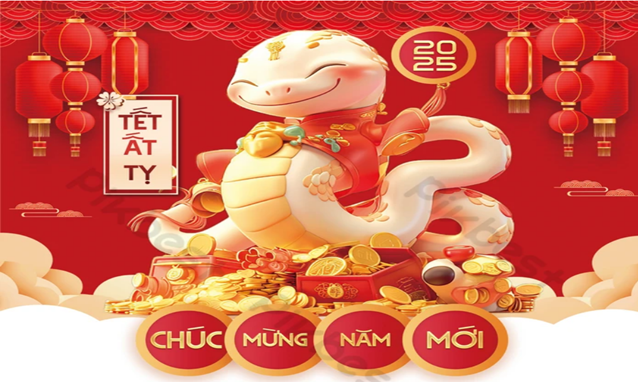2020-10-23, 10:52 AM
Who Is The “Jack” In The Term “Jack-o’-lantern,” Anyway?
![[Image: 20201019_jackOLantern_1000x700-790x310.jpg]](https://www.dictionary.com/e/wp-content/uploads/2020/10/20201019_jackOLantern_1000x700-790x310.jpg)
This month thousands of Americans will scoop out the flesh of a gourd, carefully carve a haunting face into its rind, and stick a candle inside. The creations are called jack-o’-lanterns, and they will be proudly displayed on porches and stoops across the country.
But who, or what, is the namesake of this autumn tradition?
Who are jack-o’-lanterns named for?
Jack has been a general term for a boy since the 1500s and for this reason, it found its way into many childhood songs and rhymes. The British can claim ownership of the original use of the phrase jack-o’-lantern. In the 17th century, it referred to a night watchman, a man who literally carried a lantern.
But, jack-o’-lantern was also a nickname for strange, flickering lights seen at night over wetlands or peat bogs and mistaken to be fairies or ghosts. This natural phenomenon is also called ignis fatuus, or “foolish fire,” friar’s lantern, and will-o’-the-wisp.
By the mid-1800s, what was called a turnip lantern became known as a jack-o’-lantern. Young boys used these hollowed-out and lit-up root vegetables to spook people. Irish legend has it that this use of jack-o’-lantern was named after a fellow named Stingy Jack.
Stingy Jack thought he had tricked the devil, but the devil had the last laugh, condemning Jack to an eternity of wandering the planet with only an ember of hellfire for light. Jack’s lanterns were carved out of potatoes, turnips, and the vegetables, in Scotland and Ireland, while beets were used in England. When immigrants brought this custom to North America, pumpkins eventually became the vegetable of choice.
WATCH: What Is The Real Difference Between "Empathy" And "Sympathy"?
Empathy and sympathy both describe feelings, especially toward another person. But what is the real difference between them?
A deadlier type of jack-o’-lantern
There’s also a dangerous version of a jack-o’-lantern. A poisonous luminescent orange fungus, Omphalotus olearius, is commonly known as the jack-o’-lantern mushroom! Found in woodland areas of Europe, this glowing growth clusters at the base of decomposing hardwood tree stumps. While the mushroom won’t produce a strong enough glow to power your next hollowed-out gourd, it is a great conversation starter at your next jack-o’-lantern carving party.




![[Image: hqdefault.jpg]](https://i.ytimg.com/vi/gm65tIsjMa8/hqdefault.jpg)